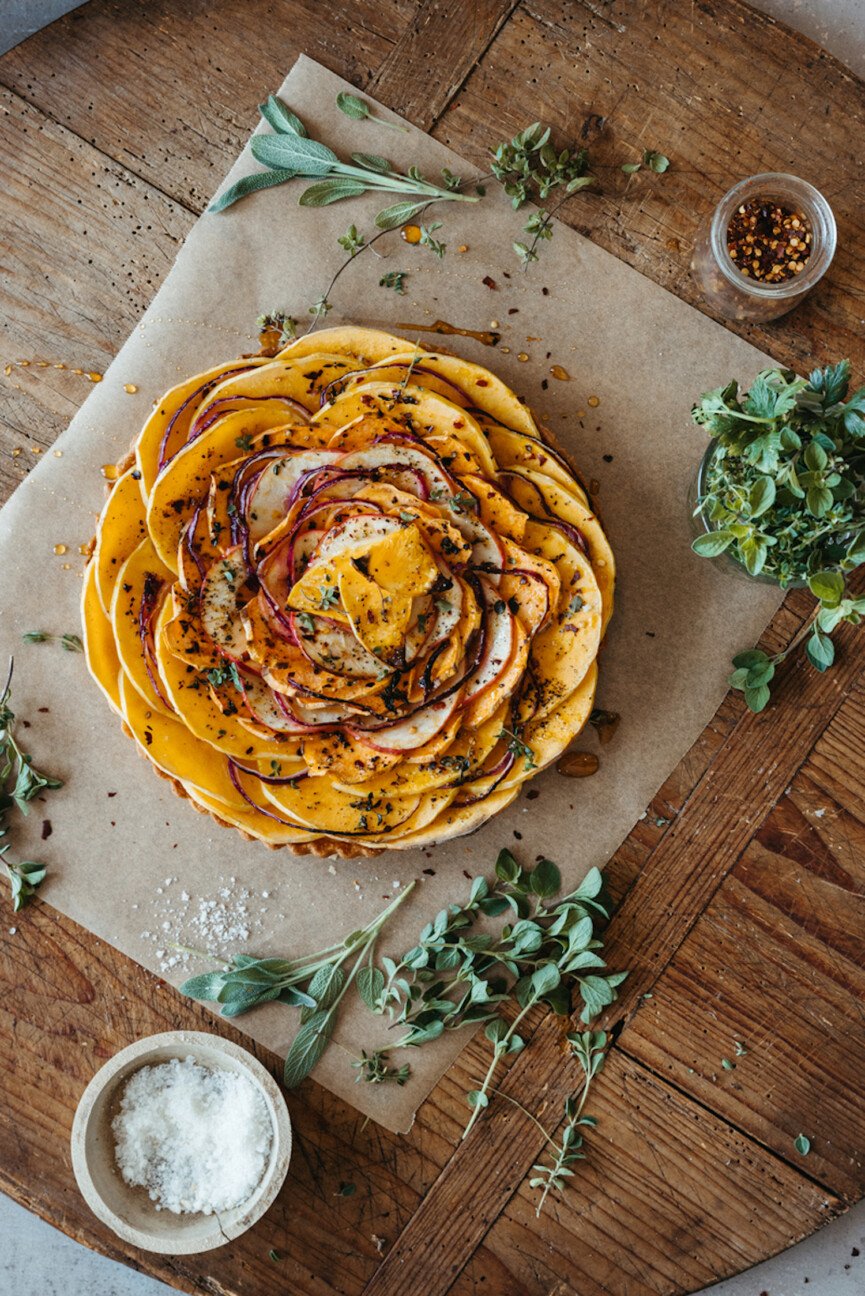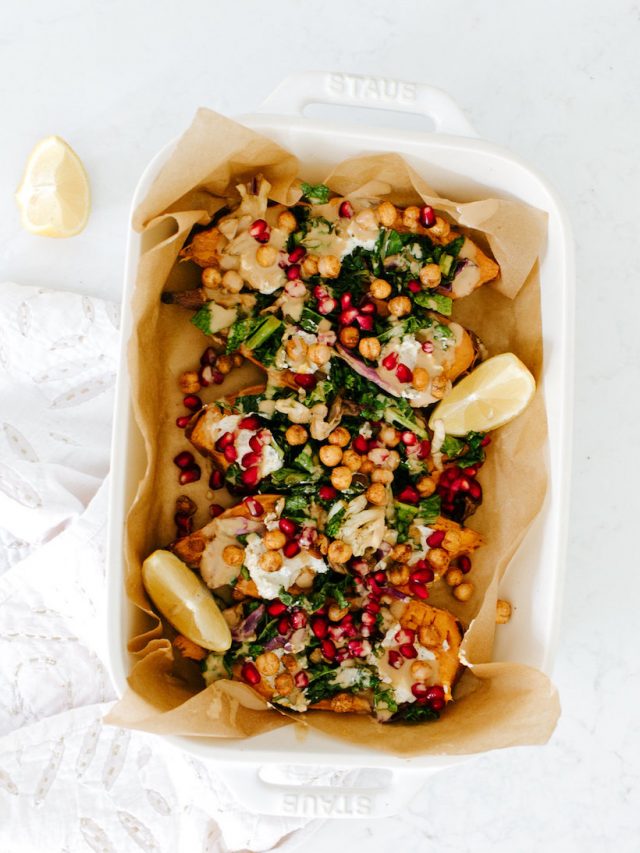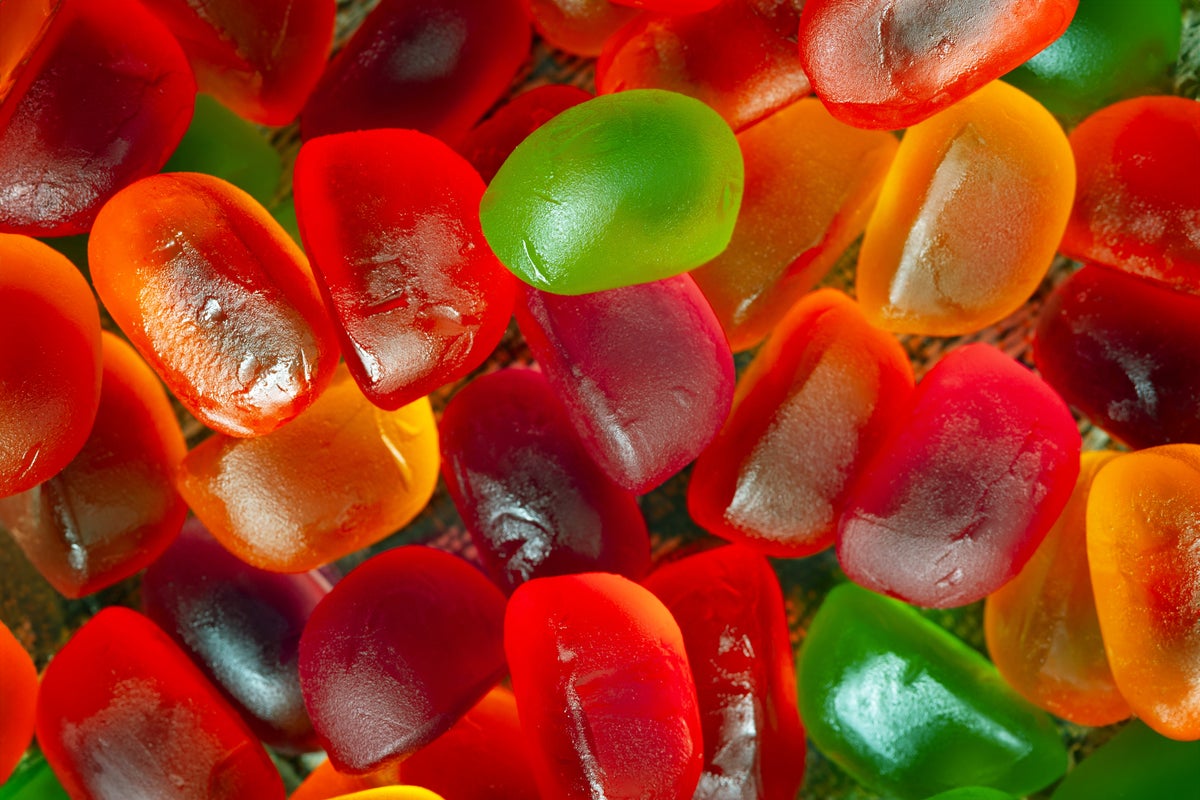If you haven’t made the switch yet, now’s the time to start thinking about all things autumn. Before the craze of the holidays, fall is an opportunity to savor simple, beautiful moments—those that honor the change of seasons. Naturally (and spiritually) speaking, fall represents the harvest time of year. After all, late September through early December is when farmers reap the rewards of the growing season (summer). It’s no surprise that fall is synonymous with abundance and gratitude. And we’re especially grateful for fall seasonal vegetables and fruits.
An acknowledgment of growth and expansion, the autumnal months are a natural evolution of being. Just as nature cycles throughout the year, so do we. It’s all timely and succinct, whether we realize it or not.

The Best Fall Seasonal Vegetables to Cook All Autumn Long
Throughout the year, we experience periods of growth, rebirth, etc.—and fall is all about self-reflection. It’s also about awareness and mindfulness. The change of seasons is a wonderful excuse to start that daily journal habit. Comfort—like hygge—is strongly symbolized by fall. Hello, candlelight and pumpkin spice.
This season is prime time for seeking out all things cozy amid dropping temperatures. Creating a serene and snug space is one of the best perks of autumn, as is creating the ultimate fall bucket list.
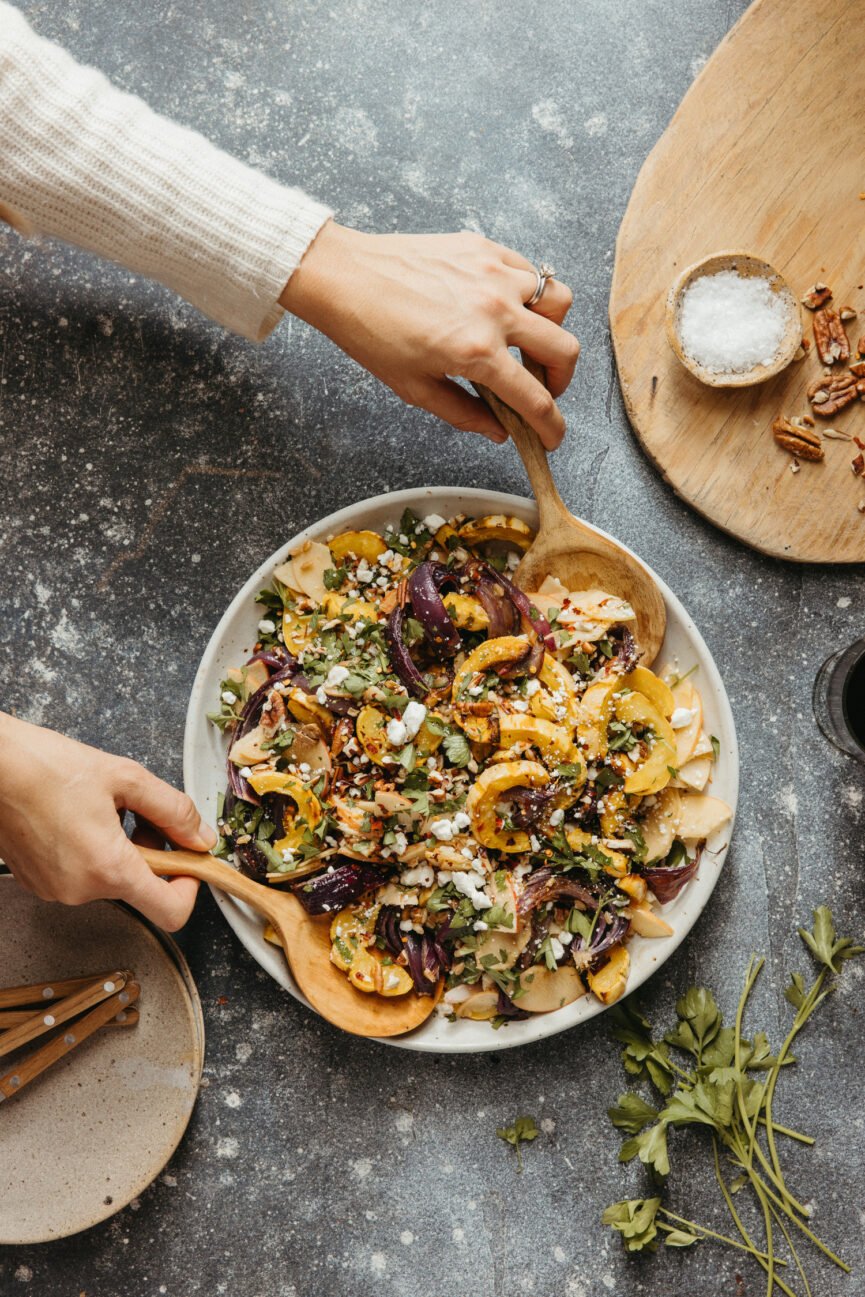
Why Eating With the Seasons Is Beneficial
One of the easiest ways to get into the fall spirit? At the grocery store. Rather than reach for the same fruits and veggies, take a look at this seasonal food guide. It’s a convenient (and delicious) way to learn about the best fall seasonal vegetables and fruits.
There is a myriad of benefits to eating with the seasons, but in essence, it’s better for your body, your wallet, your community, and the world around you.
Health-wise, food consumed during its appropriate season is more nutritionally dense. Take broccoli, for example. In a study evaluating vitamins in broccoli, it was found that broccoli grown in the fall (its peak season) had more vitamin C than broccoli grown during the spring.
Inevitably, fruits and veggies cultivated during their natural growing season have much more intense flavor and ripeness. Juicy, peak-season tomatoes are a perfect example of that. Financially speaking, eating with the seasons is more economical. When produce is in season, there is an abundance—in turn, it’s available at a lower price. Also, produce grown close to home costs less money to transport, supports your local community of farmers, and is better for the environment.
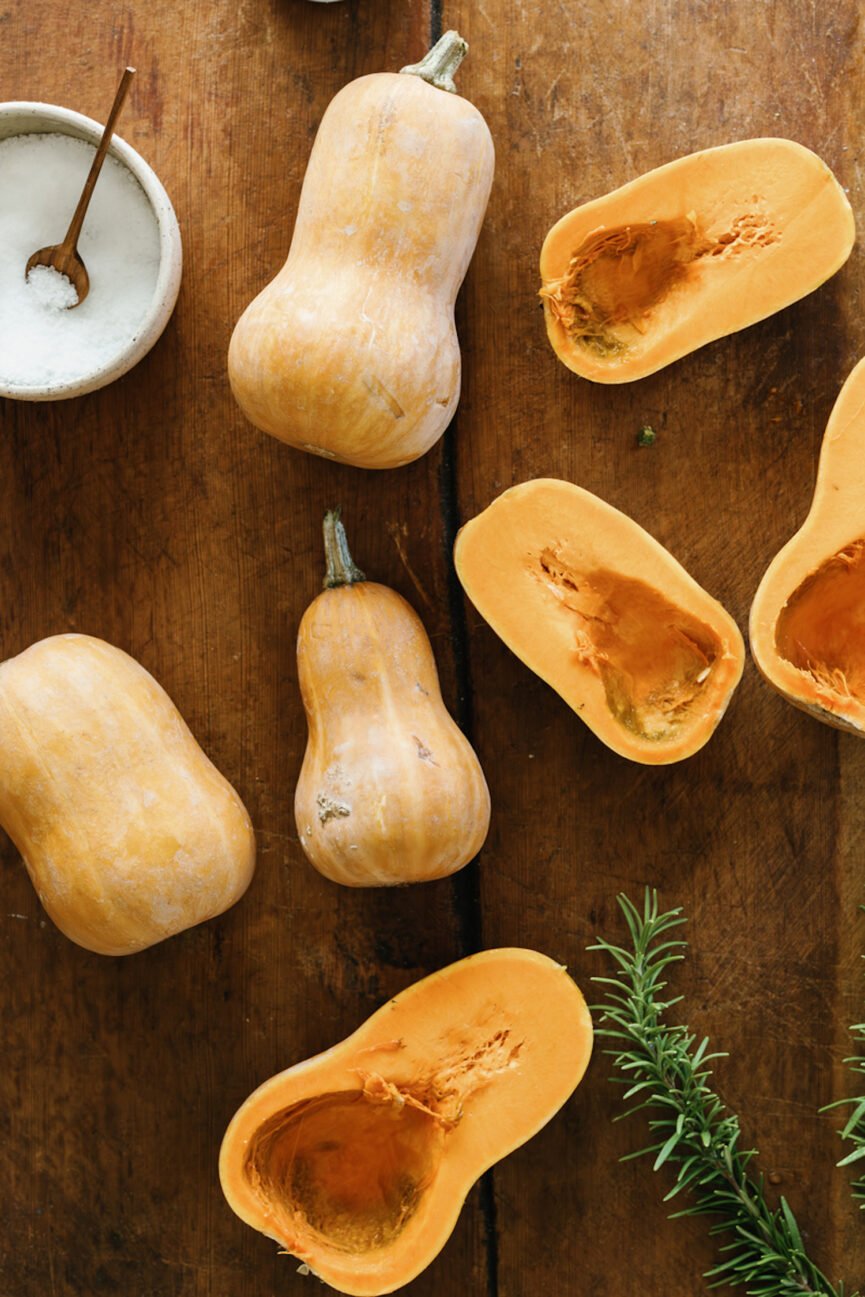
What foods should we be eating in the fall?
According to traditional Chinese medicine, eating seasonally and locally is the goal. With that in mind, here are micro and macronutrients to focus on throughout the fall:
- Fruit: cranberries, apples, pomegranates, citrus fruits, and pears
- Green veggies: arugula, broccoli, spinach, kale, celery, and artichokes
- Root veggies: onions, carrots, squash, pumpkin, turnips, and sweet potato
- Whole grains: brown rice, quinoa, oats, and millet
- Legumes: beans, chickpeas, lentils, soybeans.
- Fish: sea bass, cod, sole, and haddock
- Herbs: ginger, turmeric, cinnamon, rosemary, thyme, basil, and dill.
Luckily, autumn’s harvest includes a variety of healthy, nutrient-dense foods. Along with root vegetables and crisp fruits, warming herbs like ginger and cinnamon are loaded with antioxidants to boost your immune system (key as temps drop). Lean proteins, like whitefish and turkey breast, are staples, especially for nourishing soups and well-balanced dinners.
Allergies and intolerances aside, a diet comprised of seasonal veggies and fruit, high-quality proteins, grains, nuts, seeds, and legumes is essential for overall health.

Vata Season
According to Ayurvedic practices, fall is the season of Vata (one of the three doshas). In essence, Vata rules autumn with its cold, dry winds and a sudden lightness in the air. Vata’s qualities are known to be fast, cold, light, dry, rough, thin, brittle, and subtle. Maybe you notice cracking joints, constipation, dry itchy skin, or brittle hair in the fall—these are all signs of Vata. Ayurveda encourages warm, oily, cooked foods to help combat these signs and symptoms. After all, these are easier for the body to digest than most raw foods. They’re both grounding and satiating.
Grounding Vegetables
Speaking of grounding, some seasonal foods may help you feel more focused and grounded throughout the fall. Root vegetables, in particular, are great for grounding because they (quite literally) grow underground. As their name suggests, root vegetables have roots that extend deep down within the earth. These roots anchor the plant in place, providing a strong foundation for its growth.
Sweet potatoes, carrots, turnips, onions, parsnips, garlic, radishes, and rutabagas are all root vegetables. These can all be cooked in warm dishes throughout the fall and winter seasons, bringing balance to your meals.
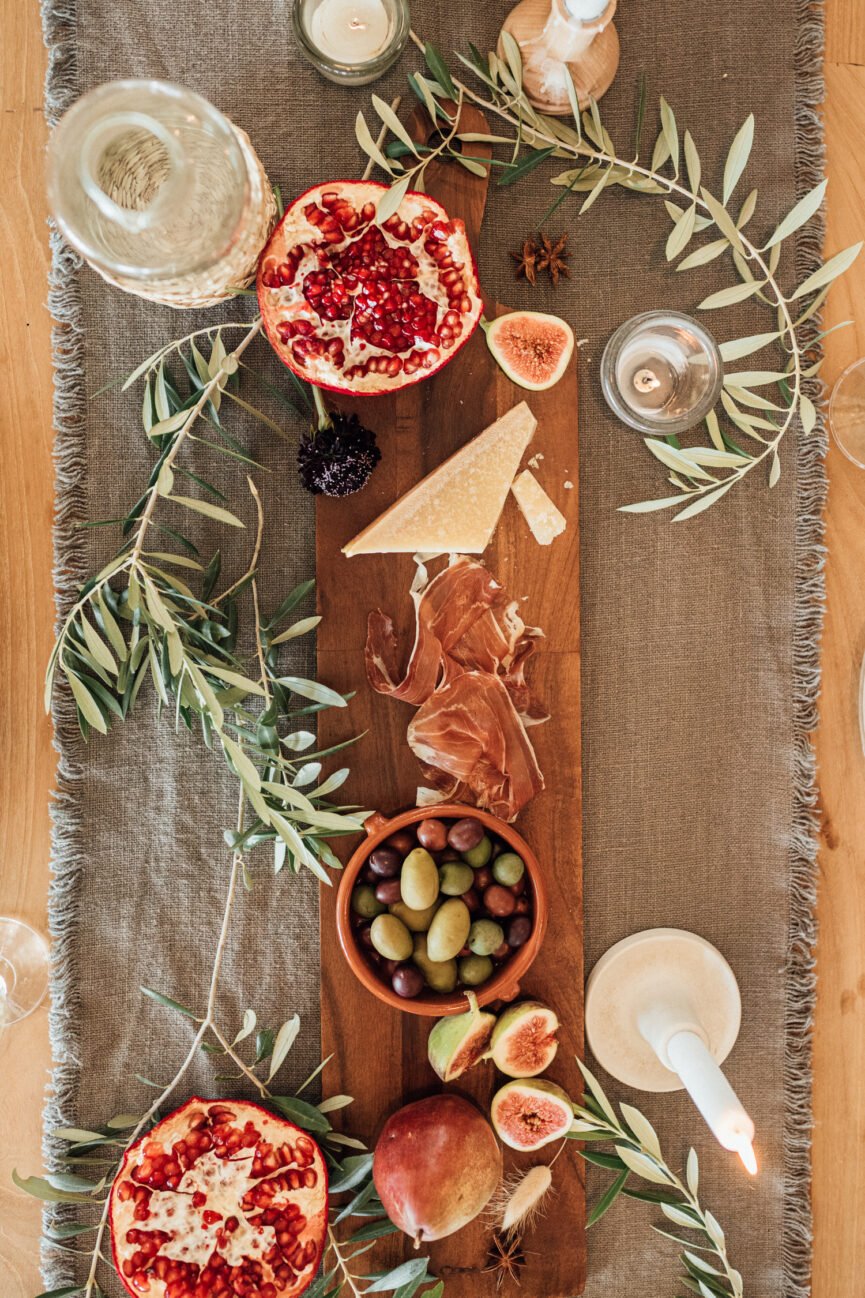
Fall Seasonal Vegetables
With a wonderful repertoire of colors, tastes, and textures, there is a variety of fruits and veggies in season in the fall to add to your grocery cart.
- Acorn Squash
- Apples
- Brussels Sprouts
- Butternut Squash
- Delicata Squash
- Eggplant
- Figs
- Grapes
- Pears
- Pumpkin
- Spaghetti Squash
- Sweet Potatoes
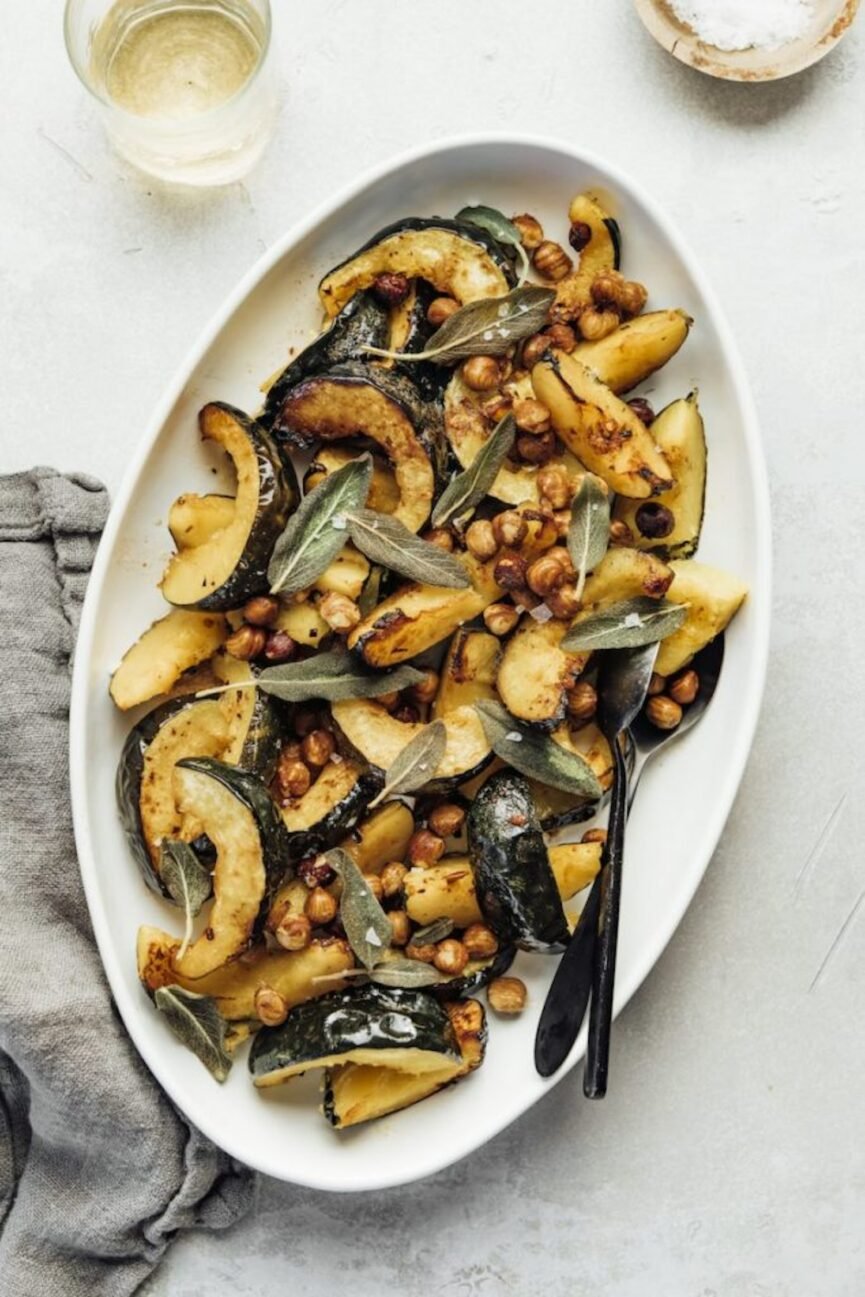
Acorn Squash
Ripe acorn squash is heavy for its size. It has smooth, dull skin and no soft spots. Typically, the squash has a balanced mix of green and orange coloring. Avoid acorn squashes with shiny skin, indicating it was picked before full maturity.
Recipe: Rosemary Roasted Acorn Squash with Brown Butter and Hazelnuts

Apples
Look for apples that are firm with no nicks or bruises. Ripe apples are crisp and firm to the touch. Because apples are a part of the Dirty Dozen, aim to buy organic apples (without a shiny, waxy film).
Recipe: Easy Cinnamon Baked Apples
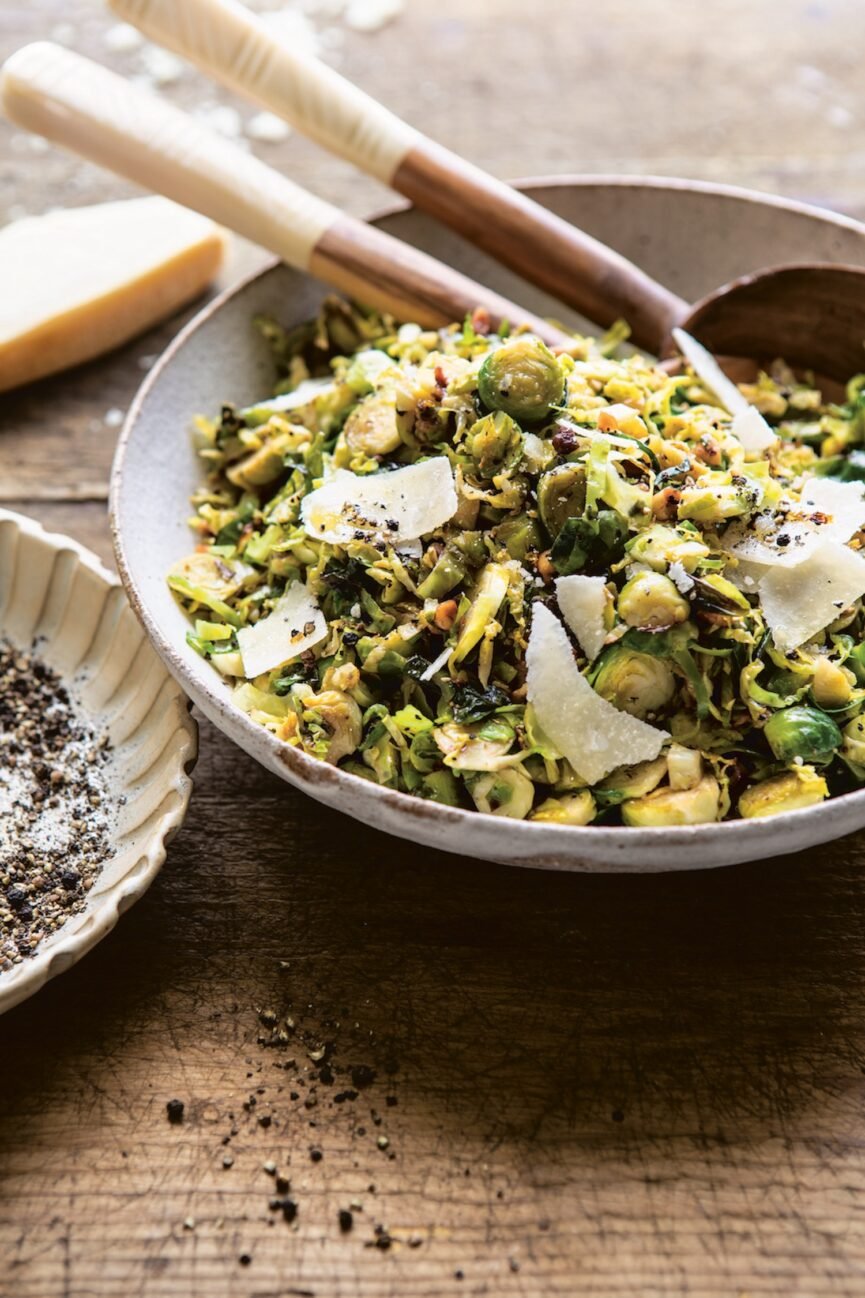
Brussels Sprouts
Look for bright green heads that are firm and heavy for their size. The leaves should be tightly packed. Avoid Brussels sprouts with yellowing leaves, a sign of age, or black spots, which could indicate fungus. Smaller Brussels sprouts are usually sweeter and more tender than larger ones.
Recipe: Cacio E Pepe Brussels Sprouts

Butternut Squash
Look for a squash that feels heavy for its size—one with a large neck and small bulb (these will have the smallest seed cavity, yielding the most meat). Butternut squash should have a hard skin without bruises or mold.
Recipe: Pita Tostadas with Butternut Squash, Black Beans, & Avocado
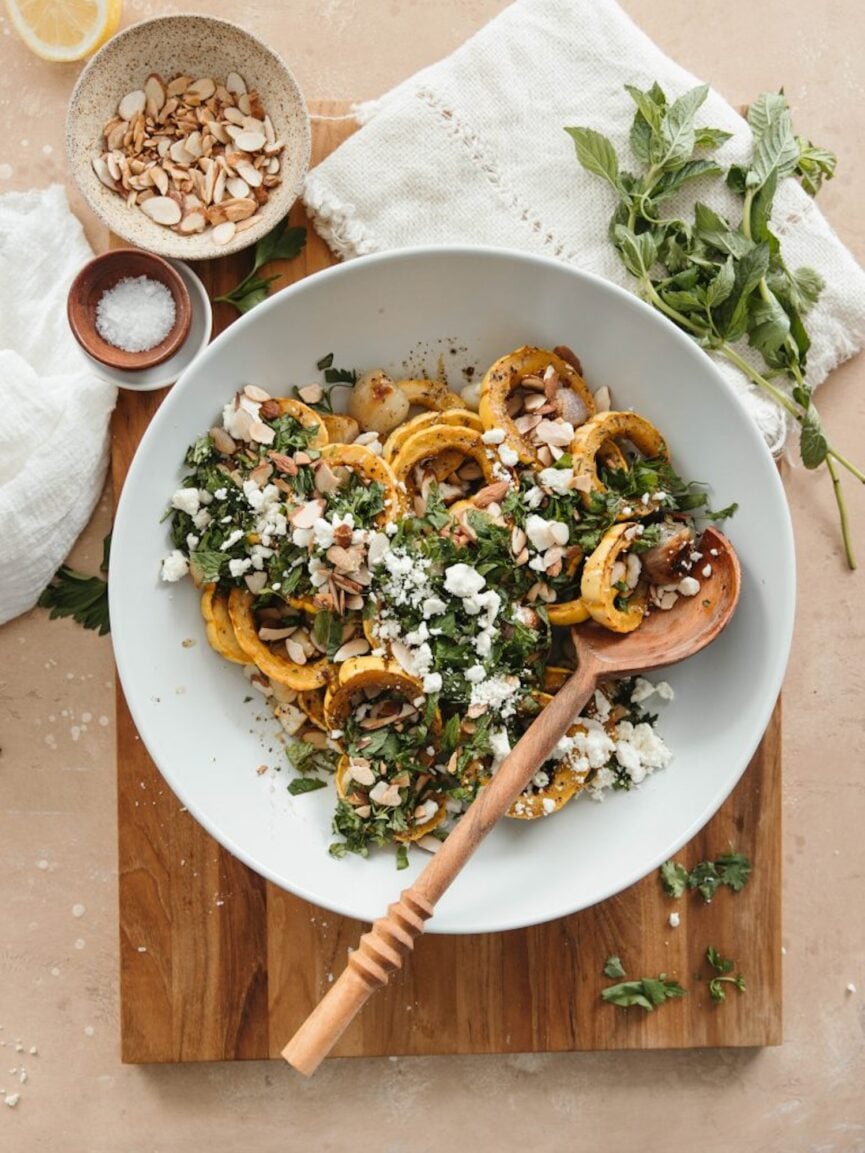
Delicata Squash
Like acorn and butternut squash, look for a delicata squash that feels heavy for its size. Ripe delicata squash is yellow in color with green stripes along the ribs. It should be firm. Avoid delicata squash that is light green (it’s unripe) or has soft spots or holes.
Recipe: Roasted Delicata Squash
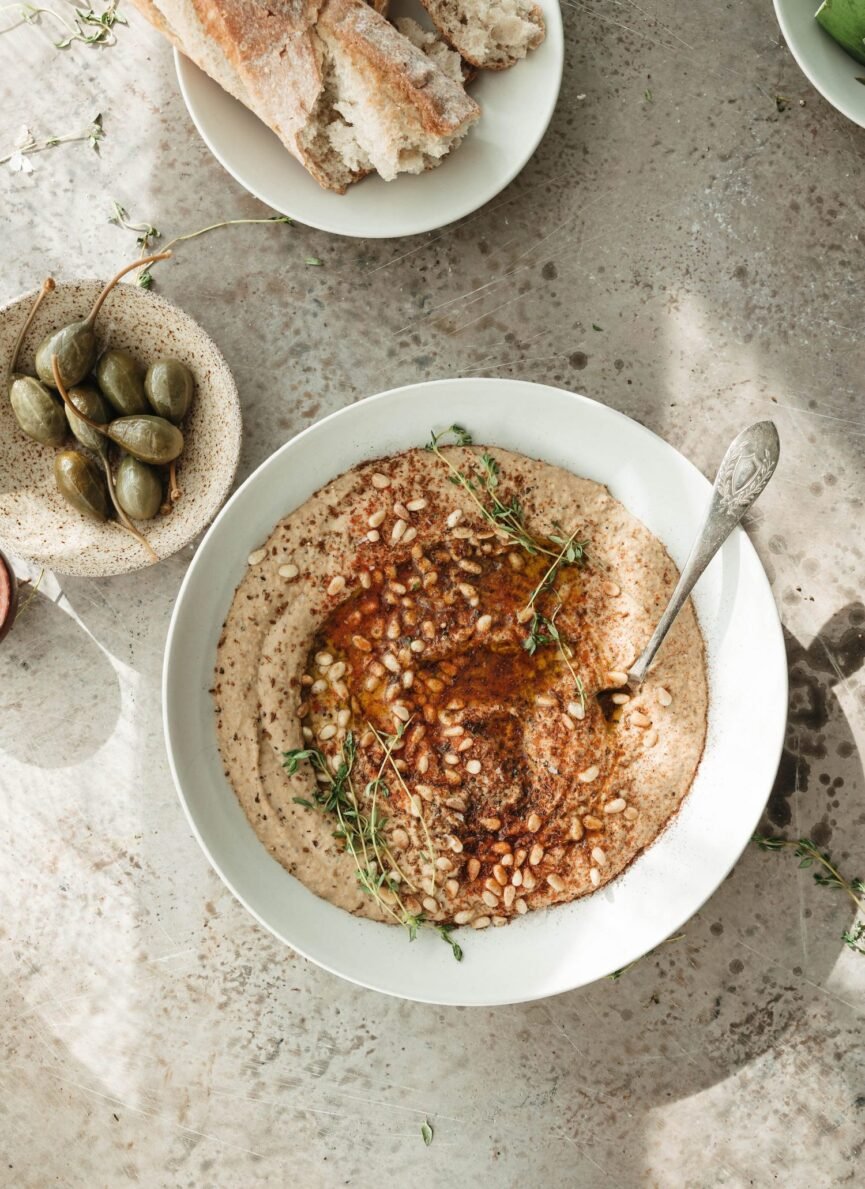
Eggplant
At its peak through the end of October, look for eggplant that gives slightly and isn’t too hard. Push on it with your finger and if you’re practically able to puncture the skin, it’s overripe. A perfectly ripe eggplant will not be as soft as a ripe tomato or peach.
Recipe: Smokey Eggplant Dip
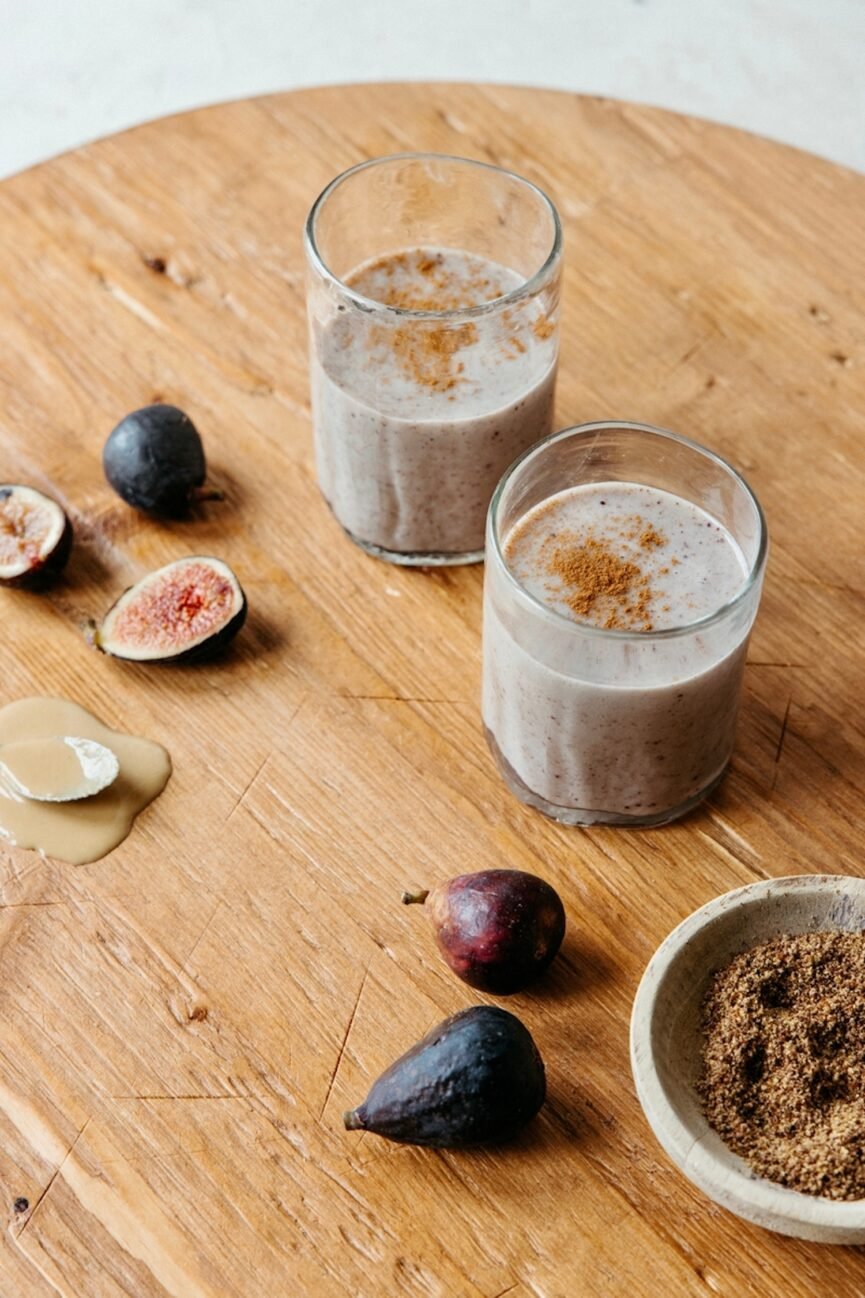
Figs
As far as selecting ripe figs, you want them to be soft—to give a little with the slightest pressure—but not at all mushy or hard. Avoid figs with bruises and check to see that the stems are firmly in place. A wiggly, loose stem is a dead giveaway for a mushy fig.
Recipe: Get Figgy With It Smoothie
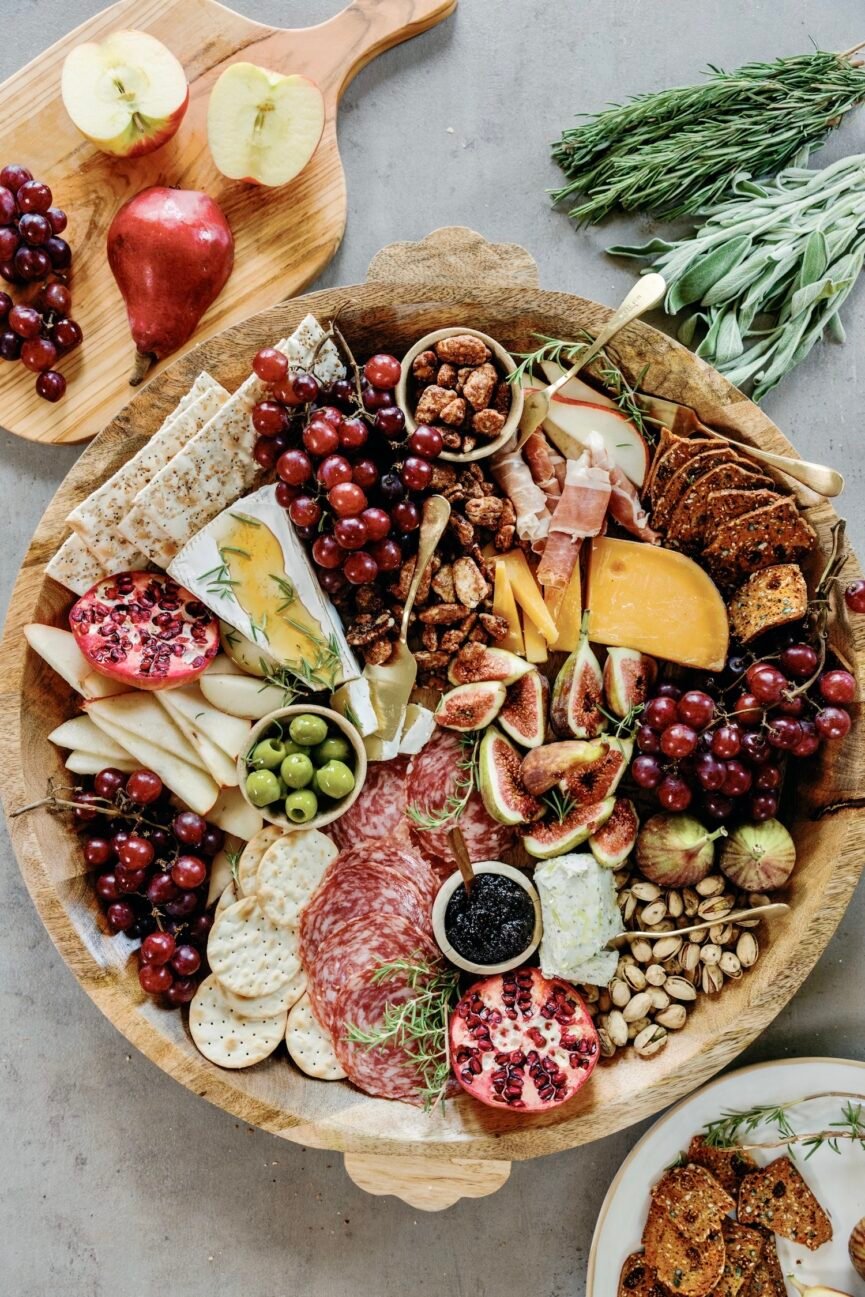
Grapes
Grapes should be firm, plump, and tightly attached to the stems. Grapes that are wet, moldy, or shriveled at the stem attachment should be avoided. If grapes are at their freshest, the stems will be green and flexible.
Recipe: Fall Grazing Board
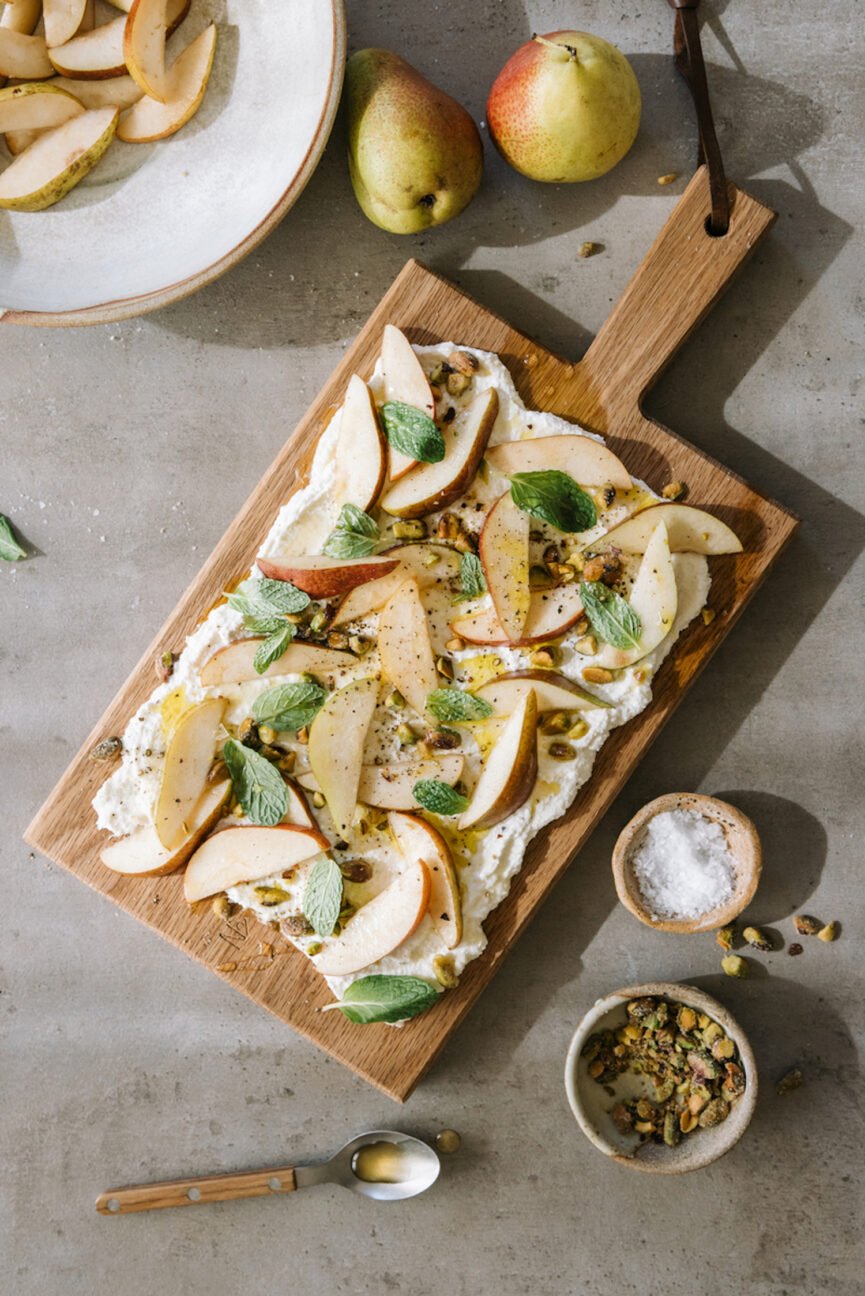
Pears
Press a finger gently into the top of the pear just where the stem joins the fruit. If it just starts to give there, the fruit is ripe. Don’t buy pears that are soft anywhere else, as that indicates that they are overripe, and the flesh will be mushy and mealy.
Recipe: Ricotta with Pears and Honeyed Pistachios
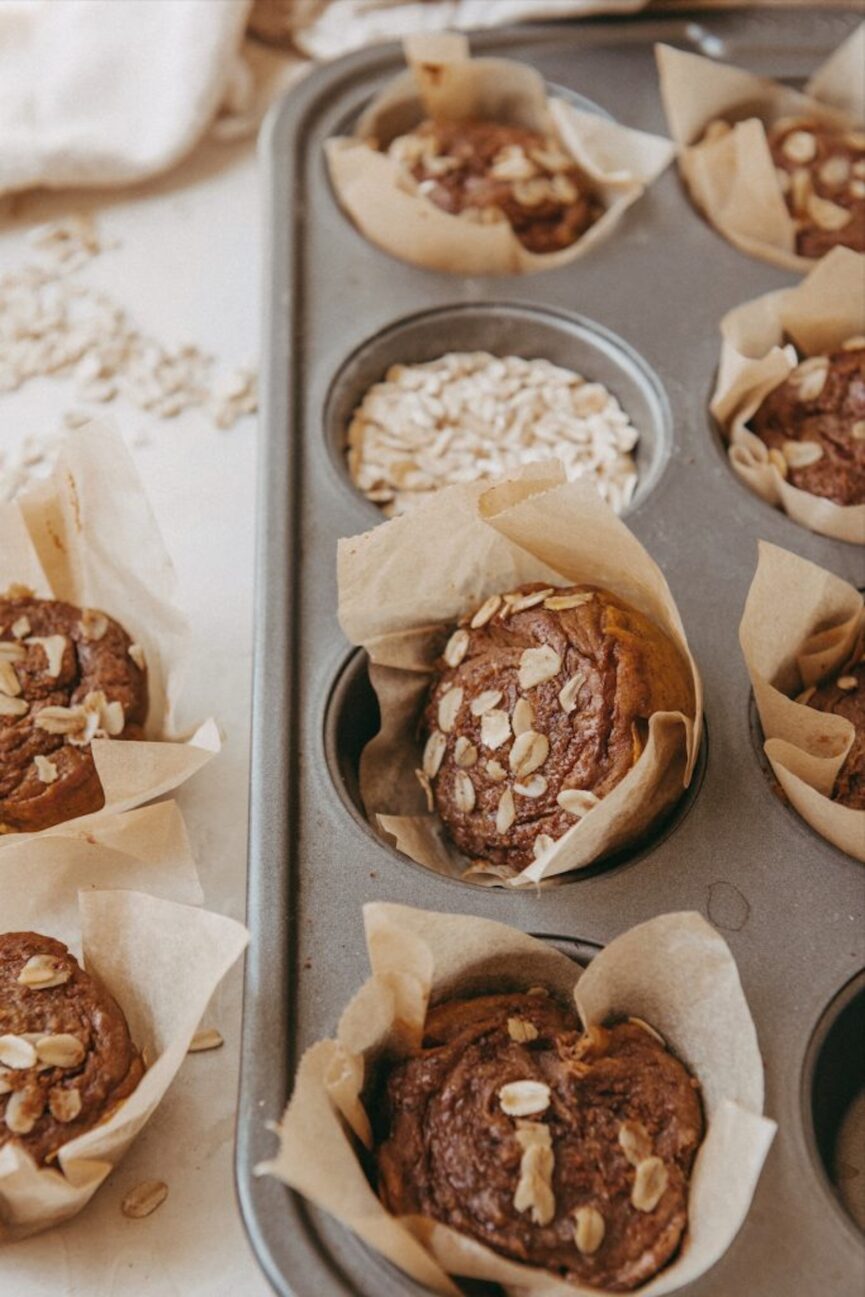
Pumpkin
The easiest route, of course, is to buy pureed pumpkin. Otherwise, look for pumpkins with firm and smooth orange skin and that feel heavy for their size. Avoid pumpkins with cracks and bruises. Whole pumpkins can be kept in a cool, dry place for several months.
Recipe: Banana Pumpkin Muffins
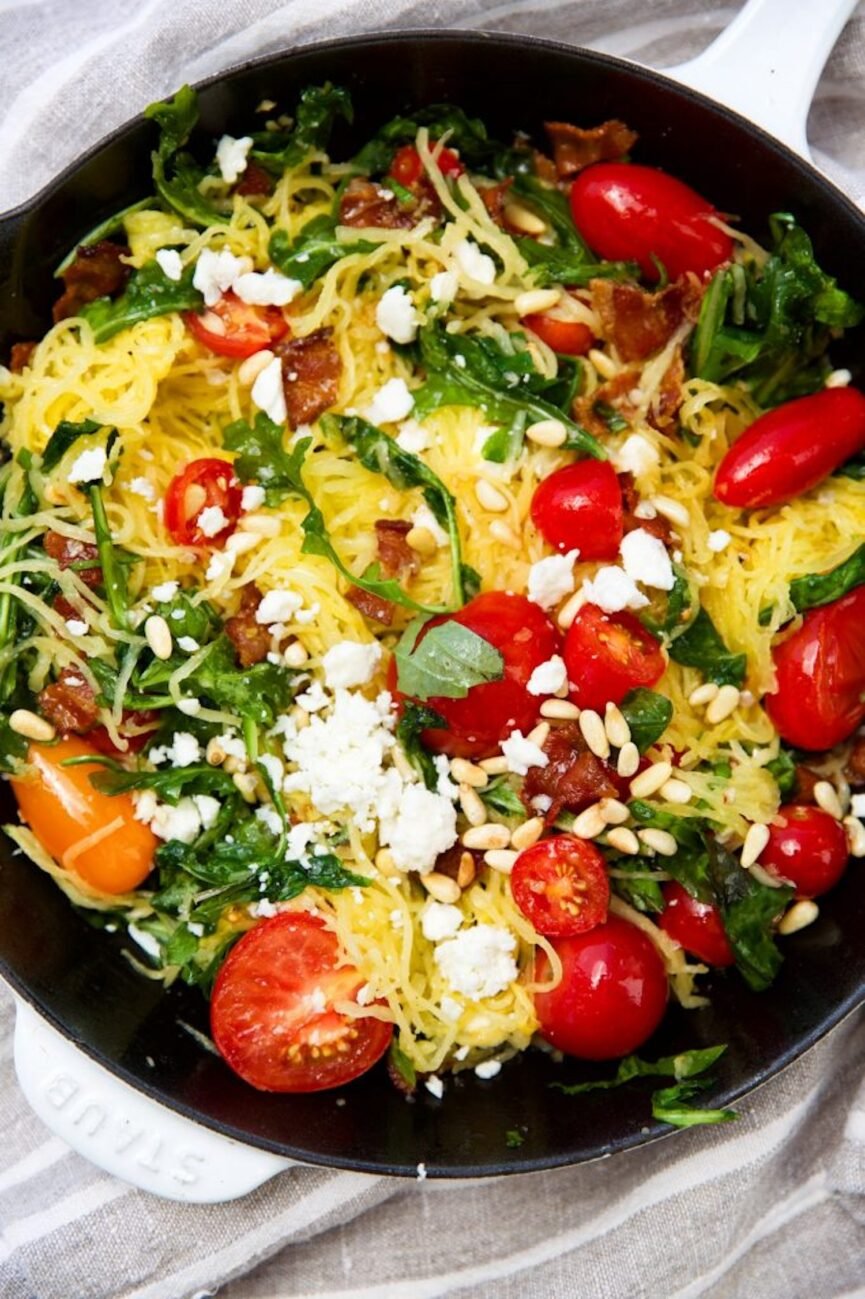
Spaghetti Squash
A ripe spaghetti squash will be firm, a golden yellow or dark yellow color, and should feel heavy. Pick a spaghetti squash that’s free of soft spots, and doesn’t have any cracks in the skin on the outside. To pick a good spaghetti squash, you should also look for a stem that’s firm and dry.
Recipe: Spaghetti Squash Pasta with Goat Cheese, Arugula, & Bacon
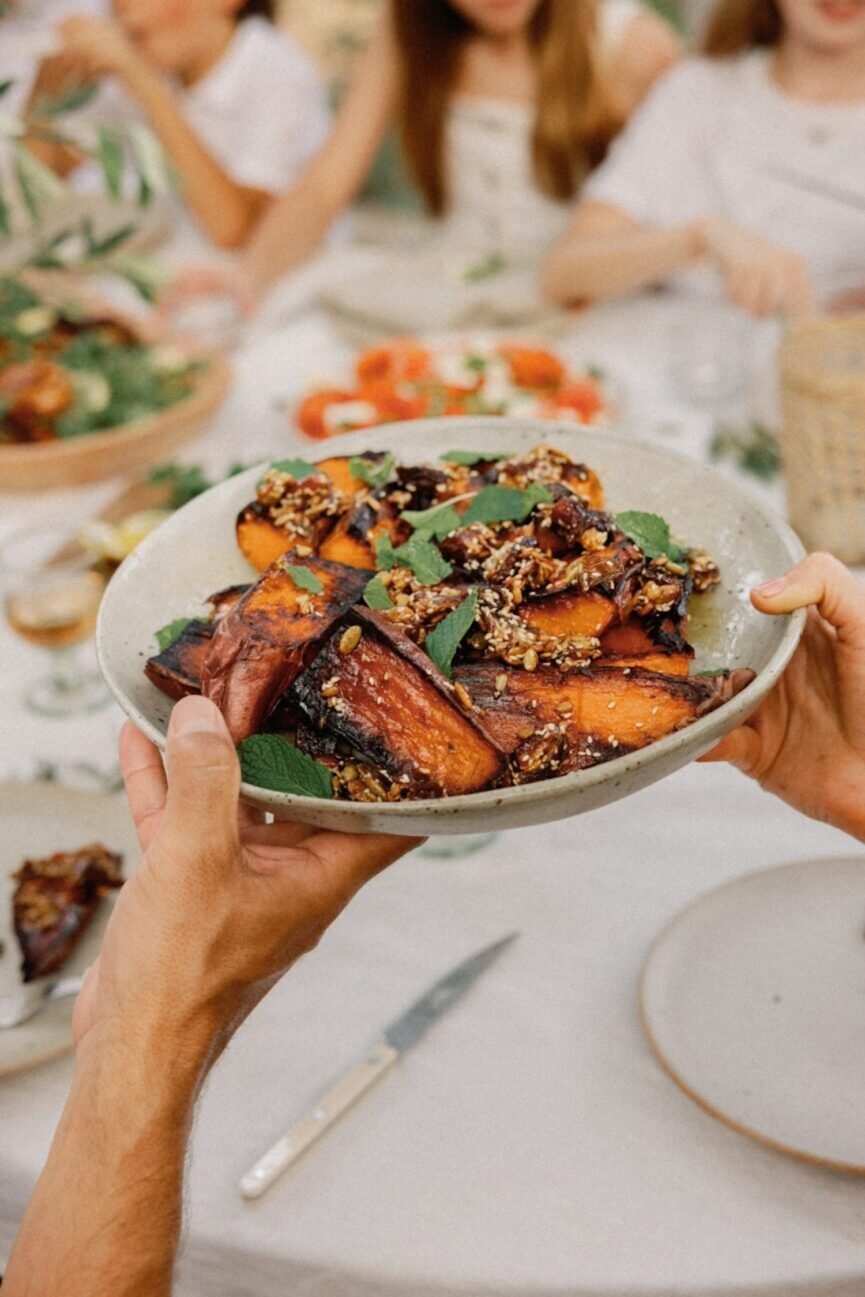
Sweet Potatoes
Choose small to medium-size firm sweet potatoes with smooth skin and no bruises or cracks.















































